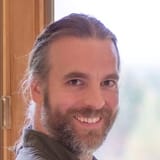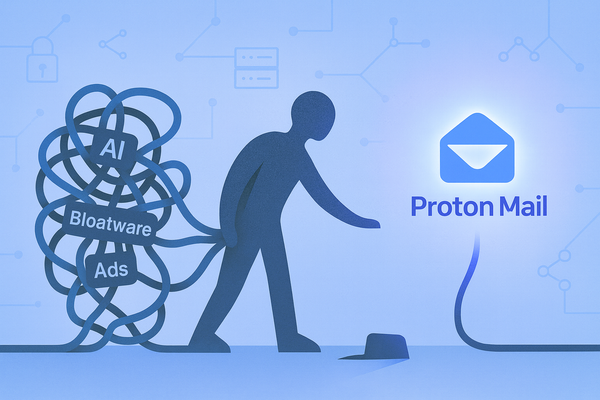Software to Run Clinical Research Consulting Business in 2024
A peek inside the software that makes a successful clinical research consulting business possible.
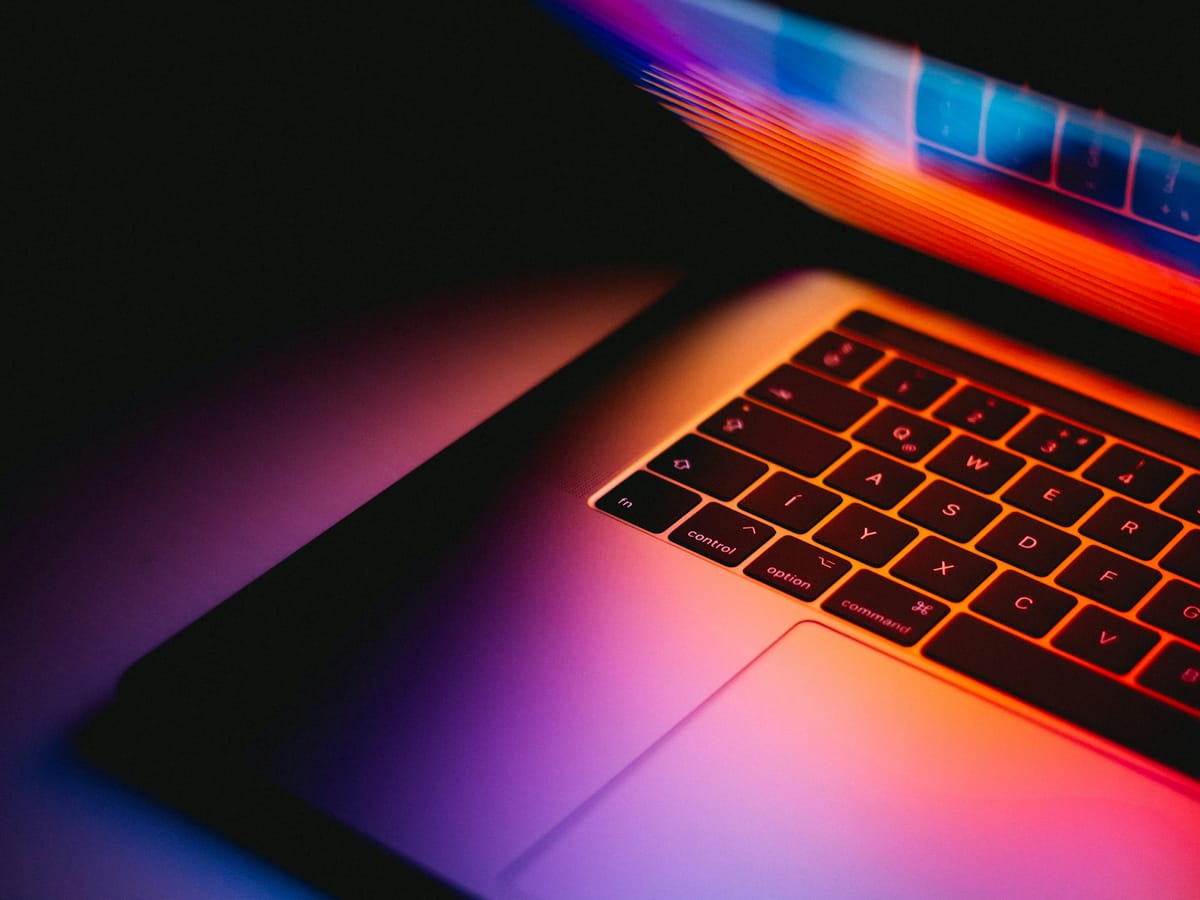
Happy New Year friends!
I thought it would be a fun exercise to outline all the software I use in my clinical research consulting business. I hope that you find this information useful and that it will spark some thinking for you on what software you may need to accelerate your business in 2024.
I'm going to outline a variety of software, including the tools I use daily to actually provide solutions for my clients. Also included are productivity tools, accounting software, time tracking, and more!
Feel free to jump around to the sections most relevant to you.
Let's get started.
Software for Billable Hours
Let's start off with the most important software that I use. These are the tools that aid in solving problems for my clients. These include:
- Medical Writing
- Data and Statistical Analysis
Word Processor
A good 2/3rds of the billable work that I do for clients involves writing. For that I use Microsoft Word. Now, I am not a fan of Microsoft in general. However about 95% of my clients use this product, so it just makes collaboration easier.
All word processors are pretty similar, but I use Word so that there is no fiddling with converting documents to a different format or having to explain to clients how to open a Pages or Libreoffice document.
Microsoft Word also integrates well with another key piece of software I need for my medical writing, a citation manager called Endnote.
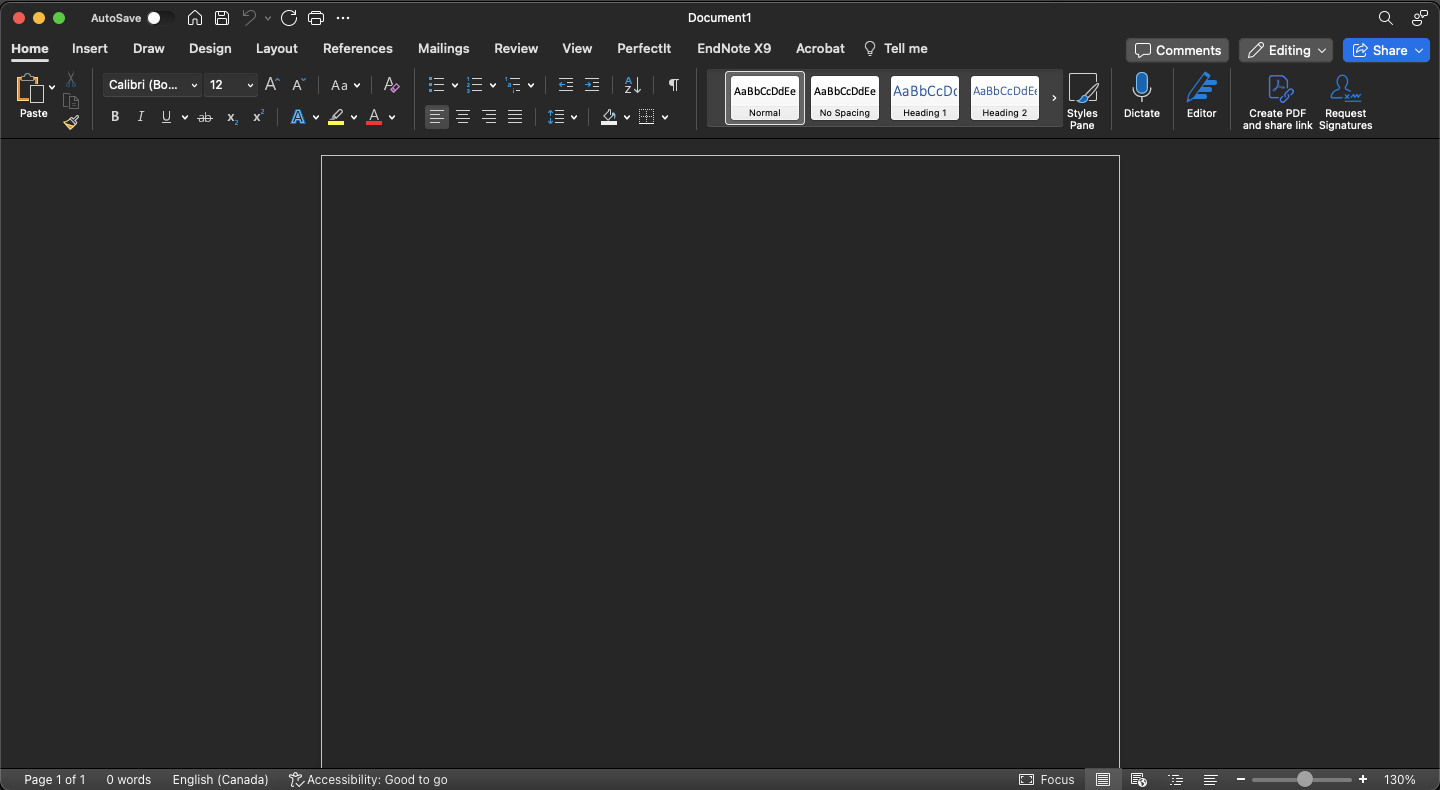
Microsoft Word
Word Processor
Citation Manager
If your medical writing involves a lot of citations of source material (such as peer-reviewed academic articles) then EndNote is a fantastic tool for you. I use EndNote to curate all the academic papers that I have, which makes it really easier to search for a reference and have the PDF article readily available.
Speaking of PDFs, I use the PDF import tool all the time. You can set a "watch folder" (such as the Downloads folder) and anytime a new PDF is added to this folder EndNote automatically imports it into the library. It then reads the PDF (assuming that it is an academic article) and tries to populate all the relevant citation information (authors, title, journal, volume, issue, pages, DOI, etc). So handy!
The other feature great feature of EndNote is the in-text citations. As you write articles in Microsoft Word, you can click on the EndNote plugin and add citations from your library right into the document. EndNote also keeps track of the order citations appear in the document to build the corresponding reference/bibliography section.
I know these features are not unique to EndNote. When I first started my clinical research consulting business I used Mendeley, primarily because it was free. However, I soon ran into issues where documents shared with clients would be returned with all the citation formatting removed, meaning I would have to populate all the references again!
So frustrating having to redo work that was already done. The issue could have been isolated to me, and even if it wasn't it could be fixed by now. However, since switching to EndNote I have never had any issues with it.
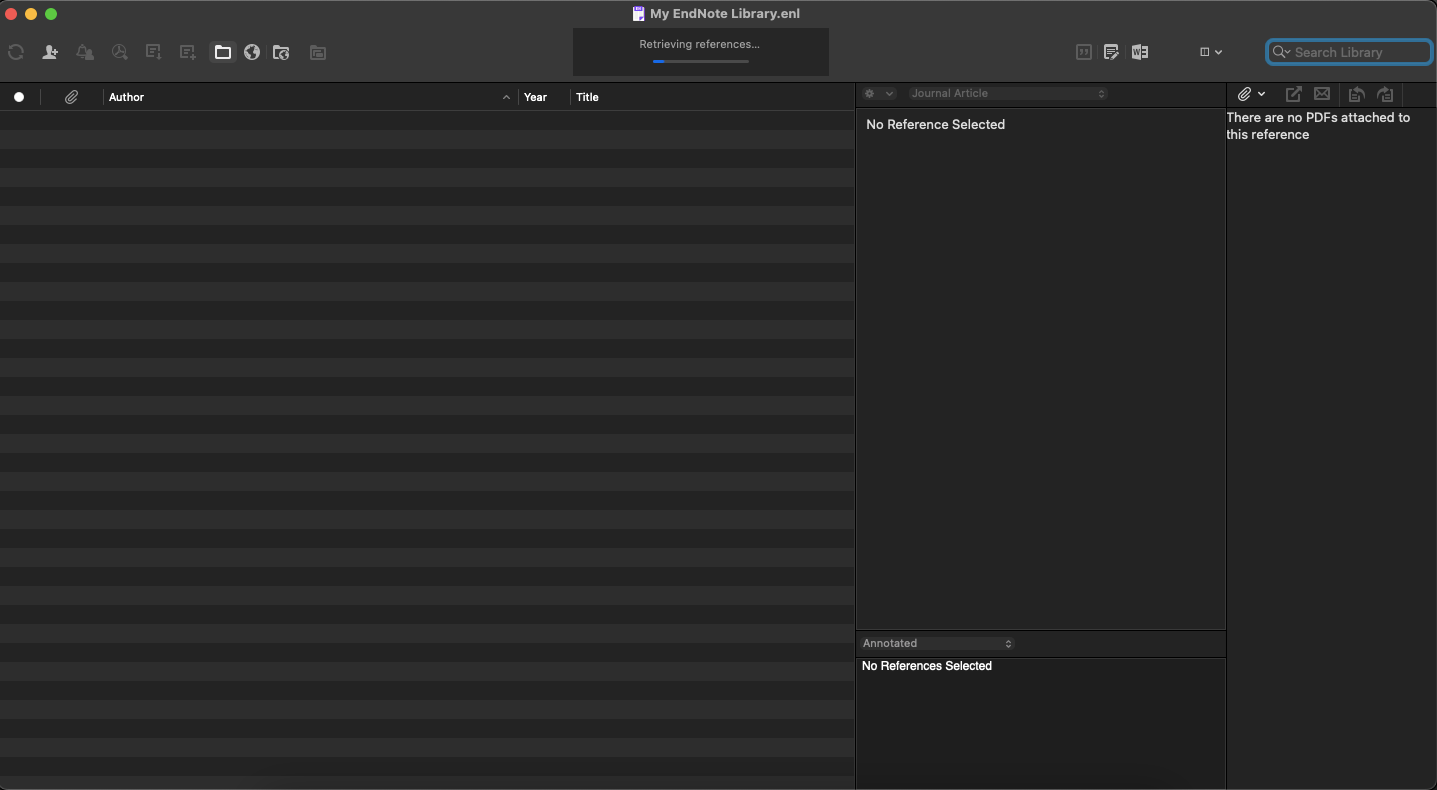
EndNote
Citation Manager
Data and Statistical Analysis
The other 1/3 of my billable time is conducting data and statistical analyses. I have tried many pieces of data analysis software during my career. My absolute favourite is R.
If you haven't heard of it before, R is a powerful free, open source, statistical software. However, be forewarned that it has a steep learning curve, especially if you are migrating from analysis software that is point and click, such as spreadsheets.
There really is no pointing and clicking with R. You write computer code within a terminal to conduct the analysis. If that is not daunting enough, you also have to learn the syntax of the R code that you want to write.
It takes a lot of trial and error to learn R, but once you do, I promise it will be worth it. For a few reasons.
First, if you can think of an analysis you want to do, R can already do it natively, or it is likely that someone has already developed an R package or R code to do it. I have encountered this with something as specific as analysis to compare the performance of optical biometers!
Second, once you have developed your own R code, if you need to redo any analysis with extra data it is as simple as running the code you already wrote! Even better if you have a similar analysis that you encounter later, you can reuse a lot of the same code to speed up your analysis.
Lastly, it is free and open source. There is no recurring cost. No one owns R, therefore no one can shut it down, make it prohibitively expensive, or lock your files to a particular vendor. R is open source and community driven.
Join us!

R
Data Analysis
Administrative Software
These pieces of software do not directly result in revenue for my clinical research consulting business. However, they are key to keeping everything on track. These include:
- Time tracking
- Project tracking
- Sales Pipeline Tracking
- Accounting/Bookkeeping
- File syncing across devices
Time Tracking
I use another free and open source software (noticing a pattern here)—Kimai. It is easy to add clients, projects, and project tasks and track your time with a click of a button.
I don't use it to bill clients by the hour—though I have. I use it mainly to track billable hours to make sure that when I am sitting at my desk, I am actually working. Not tweaking my website, not arranging the computer monitor just right, or researching the latest productivity tip.
I don't track wasted time, only billable hours, administrative tasks that have to get done (like bookkeeping or responding to email), and business development—ie. talking to potential clients. This way I can get a daily, weekly, monthly, and yearly total of time spent usefully and by what category.
All of this is easily done in Kimai. You can self-host it on your own server (if you are inclined) and access it with any web browser. This way you don't need an app on every device and don't run into sync issues between devices.
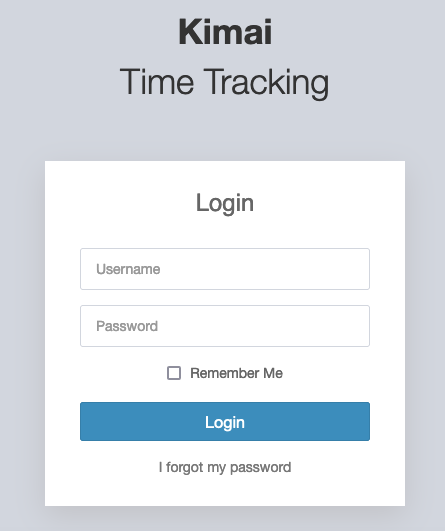
Kimai
Time Tracking
Project Tracking and Sales Tracking
When my clinical research consulting business grew to a certain size that it felt very inefficient to keep tracking important information on excel, I moved to—yet another—free and open source software that I can self-host on my own server.
I use SuiteCRM. What I like about it is the simplicity of tracking sales quotes to clients (and actually the whole sales process from prospect to quote to sale). I like that I can see at a glance where in the sales process a potential client is, what the potential sale could be. I can also add notes about each client/prospective client within the software.
I can list all active projects in the sales funnel on the dashboard for quick reference for follow ups. So much more efficient than the excel spreadsheets I was using.
Speaking of projects, that is the other great feature I like about SuiteCRM, project tracking. I have tried to use (and to like) software with Kanban board views, links to files, and other marketed as important features. But what I found is that I spent more time fiddling with the Kanban board and other features that billable work, and eventually would give up the software because I got tired of fiddling with all the features.
I like the simplicity of tracking individual projects and tasks in SuiteCRM. Then in the dashboard I can have a list of each individual task, the status of each task, what project they are attached to, and the due dates. All on the dashboard right next to my sales funnel status. An easy view to prioritize what is important to complete on any given day.
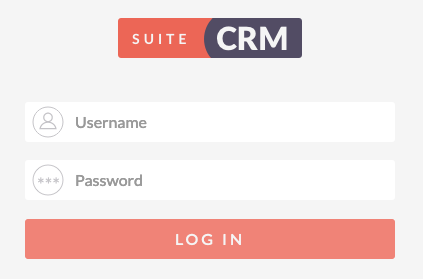
SuiteCRM
Project Tracking
Accounting/Bookkeeping
I really wish that I could make free and open source accounting software work for my business. There are so many potential good fits, but none of them will ultimately work for one reason. The difficulty in getting transactions into the software. With free and open source software you need to use a third party to get your bank and credit card transactions. It is usually still a bit of a clunky interface.
Please get in touch with me if you have found a good solution!
After almost 10 years running my clinical research consulting business I have a lot of accounts that need transactions tracked. The easiest way to do this is with paid accounting software, and I use Quickbooks.
I don't like it, and I don't like Intuit, but until we have Open Banking I am stuck using it. The only reason I chose Quickbooks over other options is the way they work with multiple currencies fit well with my business.
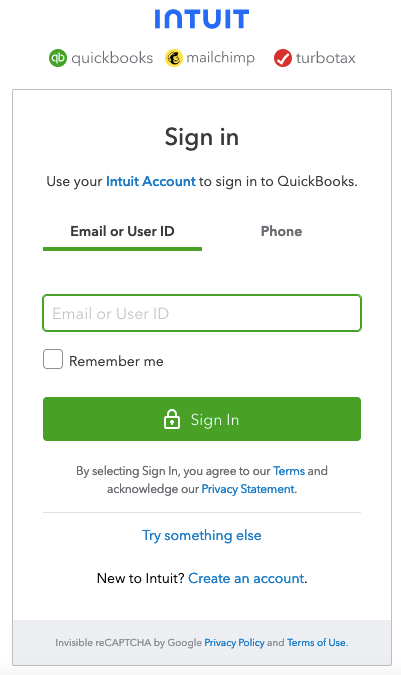
Quickbooks
Accounting/Bookkeeping
File Syncing Across Devices
I use a lot of devices while running my clinical research consulting business. I have a desktop, which is my daily driver. But also a laptop for travel, a mobile phone where I sometimes need to pull up files, and lastly a tablet that I am writing this article on right now!
I don't want to pay to store my files in the cloud, limit my storage capacity, have my confidential file be available on the internet for others to hack (there have been infamous hacks of iCloud that come to mind), and I can never shake the creepy feeling that cloud services provides are mining my files and filenames for data to train their AI.
So, we're back to free and open source, self-hosted software!
I use Nextcloud to sync all my files between devices and it has been awesome. I bit quirky to setup, but has been running great ever since. When I open my laptop for the first time in months, the files take jsut a few minutes to sync up.
Before I was using a QNAP device as a NAS and using their QSync feature, but I found that it was slow to sync the files and would get stuck all the time and I would have to restart the QSync software.

Nextcloud
File Syncing
Summary
In this article I outlined the key pieces of software that I use in my clinical research consulting business. I would love to hear from you if this information was helpful, or if you have suggestions of software that I should look into. Get in touch!
All the best for your business in 2024!
